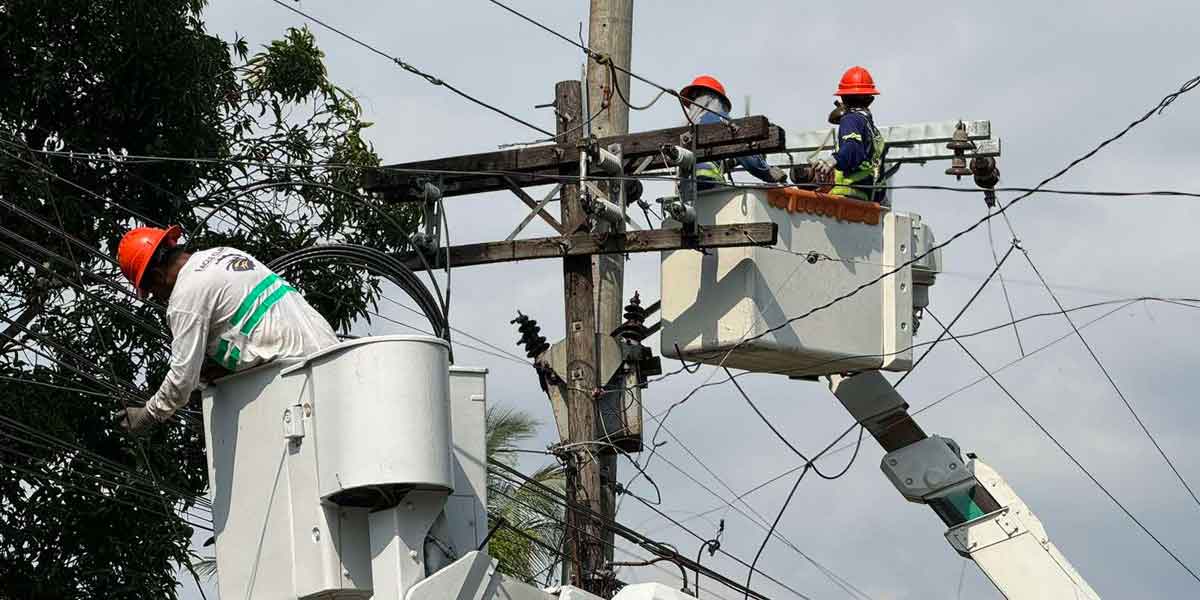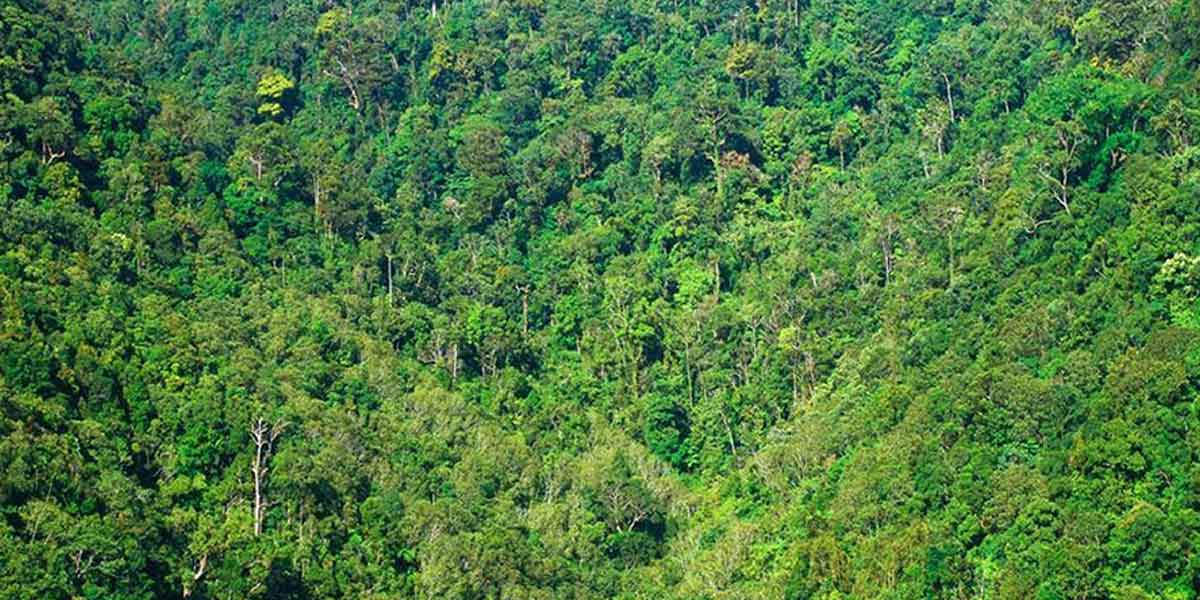By Herbert Vego
IN 1995, an octogenarian from Sebaste, Antique who had spent most of his life in the United States came home to write a book and asked me to edit the finished manuscript, which was released a few months before he died. He was Eugenio “Doding” Galido, whose book, “Outcry for Change,” occupies a place in my bookshelf. I would like to paraphrase some of his thoughts.
Galido wrote highly of Dr. Jose P. Rizal as “national hero and pride of the Malay race,” his forebears having descended largely from Malaysian, Indonesian and Bornean immigrants.
Today, however, it would already be anachronistic to refer to us Filipinos as Malayans. We have shed off most of our similarities with them – except our color and physique.
It’s only in Mindanao – with the prevailing Islam religion in some provinces – that our Malayan identification still prevails
In “Outcry for Change,” Galido opined that the shift from Spanish to American domination of the Philippines could not have transpired had Spain ruled justly in 333 years.
Rizal, who belonged to the last generation of Spanish-governed Filipinos, had warned that a sudden withdrawal of colonists could precipitate political instability reminiscent of what had transpired in Mexico.
Originally inhabited by the Mayas (an agricultural people), Mexico was already the site of an Aztec civilization boasting of giant stone pyramids when Spanish conquistador Hernando Cortes invaded it in 1519 to kick off three centuries of Spanish rule. By the time the natives declared independence in 1823, they had lost the ability for self-governance.
The Filipinos’ discontent with the Spanish governors-general and the friars drove them to collaborate with the Americans.
In 1901, US President Warren Harding became wary of Emilio Aguinaldo, who had proclaimed himself first President of the Philippine Republic. Aguinaldo had been rumored to be the mastermind behind the murder of Andres Bonifacio.
Harding authorized Governor-General William Howard Taft to capture Aguinaldo, who fell in the hands of Col. Frederick Funston of the Kansas Volunteers to the Philippines.
Asked why they could not trust Aguinaldo, Funston replied, “He’s a would-be dictator presiding over a drunken and uncontrollable mob.”
“It was also the long-standing hatred of Filipinos against the land-grabbing Spanish clergy who exploited local peasants,” Galido wrote, “that moved Funston to play his role in the colonial war.”
Under American rule in 1901, the Philippine government bought most friar lands for the then princely sum of P14,474,000.00.
If history had not unfolded the way it did, what path could we Filipinos have trodden?
What if we have retained our Malayan identity? Could we have preserved our rain forests and wildlife that still distinguish Borneo from other countries today? The Banawe Rice Terraces, for many years known as one of the Seven Wonders of the World, had served as testament to our bayanihan or cooperative nature.
What if the United States subjugated us to become its 51st state? Could the Philippines have been run like heaven?
In 1931, US President Herbert Hoover announced that most Filipinos in the Philippines would prefer representation in the US Congress first as a prerequisite to eventual independence.
Shortly before becoming President of the Philippine Commonwealth, however, an unbowed Manuel Luis Molina Quezon declared, “I prefer a government run like hell by the Filipinos to a government run like heaven by the Americans.”
Franklin Delano Roosevelt (US President in 1933 to 1945), sensing his passion for leadership, eventually agreed with Quezon.
Oh no! Now that we are run like hell by incompetent and corrupt government officials, probably most of us would have preferred to be run by the Americans.
Had Japan bested the United States in World War II, could we have shed off our “indolence” – as tagged by Rizal – and adopted the Japanese diligence, delicadeza, patriotism and incorruptibility?
Alas, there’s really no way of telling whether what could have been would have been.
-oOo-
AT THE MERCY OF NGCP
I was in Manila on the first day of the three-day intermittent power blackouts that hit Western Visayas. Friends were calling me whether the same misfortune was besetting Meralco, the power distributor with 4.6 million customers.
In all eight days I was in Manila, not a brownout occurred.
NGCP could have offered a better explanation than the vague “system disturbance”. As the grid, it conveys electricity from the power plants to the power distributors which, in turn, delivers it to end users.
The problem with this alibi is that power distributors affected — namely MORE Power in Iloilo City, Capelco in Capiz, Akelco in Aklan, Anteco in Antique, Guimelco in Guimaras and Ceneco in Bacolod City – could do nothing but wait till NGCP solves the problem.
NGCP is a grid monopoly dominated by the Sy family as major owners and the State Grid Corporation of China as technical partner, according to Google. It used to be government-owned and known as the National Transmission Corporation (TransCo),
It was in January 2009 when TransCo turned over the management and operation of its nationwide transmission system to NGCP. Ownership of all transmission assets however, remains with TransCo.
Nakupo, ang gulo-gulo! It generates confusion. There ought to be a law allowing power distributors (DUs) to generate their own power. After all, it’s the DUs that suffer public condemnation during power outages.




















